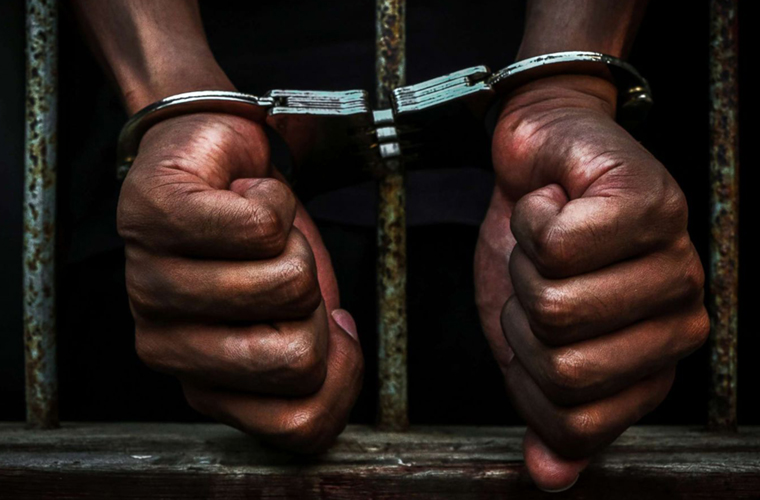The school-to-prison pipeline refers to a disturbing trend where students, primarily those from marginalized communities, are funneled from schools into the criminal justice system. It is a systemic issue that reflects the interaction between educational policies and practices with the criminal justice system. Here’s an overview of the key aspects and concerns related to the school-to-prison pipeline:
Discipline Disparities: Minority students, especially African American and Latino students, as well as students with disabilities, are disproportionately subjected to harsh disciplinary measures such as suspension, expulsion, and arrests compared to their white counterparts for similar infractions.
Zero Tolerance Policies: Zero tolerance policies emerged in the 1990s as a response to school violence and drug use. These policies mandate severe punishments, often without considering the circumstances or intent behind student behavior. They contribute to the over-policing and criminalization of minor infractions, such as dress code violations or schoolyard fights.
School Resource Officers (SROs): Many schools have employed police officers or SROs as a response to safety concerns. However, the presence of law enforcement in schools can lead to increased interactions between students and the criminal justice system, as well as a more punitive approach to discipline.

High-Stakes Testing: Emphasis on standardized testing and high-stakes accountability measures can lead to a narrowed curriculum and a focus on test preparation. This disproportionately affects underprivileged schools, reducing educational opportunities and increasing the likelihood of dropout rates and subsequent involvement in the criminal justice system.
Lack of Support Services: Many schools lack adequate resources to address students’ social, emotional, and mental health needs. The absence of counselors, social workers, and other support staff contributes to an environment where students’ behavioral issues are not adequately addressed, increasing the likelihood of disciplinary actions.
School Pushout and Dropout Rates: Students who face harsh discipline, repeated suspensions, or expulsion are more likely to disengage from school and become involved in delinquent activities. The lack of alternative educational options further limits their opportunities and increases their vulnerability to criminal justice involvement.
Addressing the school-to-prison pipeline requires comprehensive reform efforts at various levels. Strategies may include:
Implementing Restorative Justice: Shifting away from punitive disciplinary practices towards restorative justice models that emphasize repairing harm, building relationships, and promoting accountability.
Rethinking Zero Tolerance Policies: Reevaluating and revising zero-tolerance policies to provide more nuanced responses to student behavior and address underlying issues effectively.
Training and Support: Providing training and support for educators, administrators, and school resource officers to promote cultural competence, implicit bias awareness, and de-escalation techniques.
Increased Support Services: Ensuring access to mental health services, counseling, and support staff in schools to address students’ emotional and behavioral needs proactively.
Policy Changes: Advocating for changes in education policies at local, state, and federal levels to promote equity, reduce disparities, and allocate resources to schools in underserved communities.
It is crucial to recognize and address the factors contributing to the school-to-prison pipeline to create a more equitable and supportive educational environment that helps all students thrive.

